“Free For All 4” is an open and unjuried show at Space Gallery that is entertaining and exceeds expectations.
Art exhibitions, after all, are all about expectations. In fact, it’s arguable there is no art without expectation. This is a key point of Marcel Duchamp’s “readymades” – one of the most famous of which was a urinal signed “R. Mutt” that is widely held to be one of the turning points in art history. This work – titled “Fountain” – was submitted to the unjuried annual exhibition of the Society of Independent Artists. The rules stated that all works for which the artist paid the fee would be included in the show, but the board overruled the outraged Duchamp (who did not claim authorship) and “Fountain” was kept out of sight: Incompatible expectations created controversy.
And so art was forever changed.
How a urinal could challenge the public understanding of art seems to locate the sovereignty of art culture with public expectation rather than with the skill of artists.
This is why unjuried shows like “Free For All” can be so fun, challenging and empowering to the public. Anyone can try out being an exhibited artist if only s/he has a work to display and the nerve to include it.
But “Free For All” is not just fodder for curiosity, it’s a good show. While it’s low-barrier for the audience, the baseline is surprisingly high. And there are enough impressive works that galleries searching for new talent shouldn’t miss it.
Robert Hyde, for example, had one of the best pieces in the Bakery Collective’s Photo-a-Go-Go – a similar cross-sectional show, but for the serious photographic community – and here he rises to the top again with a photographic tondo face-mounted on Lucite. The image is a monochromatic soft-focus landscape featuring a tree bearing a white lens flare for fruit. It’s a smart and playfully elegant image of the type we should expect to see in the best contemporary art venues.
However unlikely, there is another excellent face-mounted plexi circle in the show: Irina Skornyakova’s quiet, precise and geometrically subdued “Lines in Space.”
While photography and digital prints comprise much of the strongest work – particularly notable is Tonee Harbert’s “Untitled (cloaked),” an uncannily creepy image whose forms are reprised in several works through the show – there is a huge range, with the popular edge falling to drawing and painting with drawing media such as paint markers.
Two qualities make “Free For All” a surprising success.
First, Space has attracted some particularly noteworthy artists such as Crystal Cawley, James Chute, Clara Cohan, Lin Lisberger (one of Maine’s outstanding sculptors), Chris Beneman (whose mechanical aesthetic collagraph is one of the best pieces in the show) and Clint Fulkerson (who, between his presence in the PMA and on Congress Street, can hardly be avoided these days).
The second is the balance of work by young and less experienced artists. There is just enough kitsch and kid art to get a feel for how such things look amongst the work of Space’s sophisticated art community. Ava Biedrzycki’s marker and crayon entry “Froggy” describes the artist as “a 6-year-old Maine native, making art and wonder where ever she goes.” It’s not only charming, but it offers the audience a chance to compare kid art – which many of us genuinely like – to the rest.
David Vail’s “Taylor Swift” rings of campy fan art, but art through the ages has ceaselessly portrayed such cultural icons – from the most ancient portraits to French academic paintings and Japanese ukiyo-e prints. Vail’s artist-list biographical revelation “I have epilepsy and autism” is nothing short of heroic. There is something to be said for our times – and for organizations like Space that offer such opportunities to so many.
While the drawing-media paintings may seem outside-in, some of the strongest work takes this form. Dorson Plourde’s festively balloonish bathers floating on a wood panel is all acrylic, but it follows drawing to its impressive success. (Plourde also has work on view at Susan Maasch Fine Art.)
Greenhut Galleries’ (146 Middle St.) “Winter Meander” is a different kind of group show worthy of comparison. In a season of so much photography, it features the best group of paintings around. Comparing John Whalley’s images to Alan Magee’s surfaces or David Driskell’s strokes to John Imber’s brushy rhythms is to spend time with several of the best painters in America. And that is the point of this kind of show: It’s a cross-section of Greenhut’s represented artists with an eye to the gallery’s standards.
Moving in the other direction is the sale installation at Ed Pollack Fine Arts (29 Forest Ave.). Pollack has exhibitions of living artists, but mostly shows fine prints that he owns. So the current show features not only local artists but greats like Will Barnet, Alexander Calder, Piranesi, Victor Vasarely, A. R. Penck and Neil Welliver.
Pollack’s work reaches across the centuries and continents. Greenhut’s group show is a disciplined survey of its professional ranks. And SPACE is now celebrating its entire community. Together, these make for some very entertaining and satisfying shows. This may be the quietest season for art, but there is plenty to see in Portland.
Freelance writer Daniel Kany is an art historian who lives in Cumberland. He can be contacted at:dankany@gmail.com
Send questions/comments to the editors.

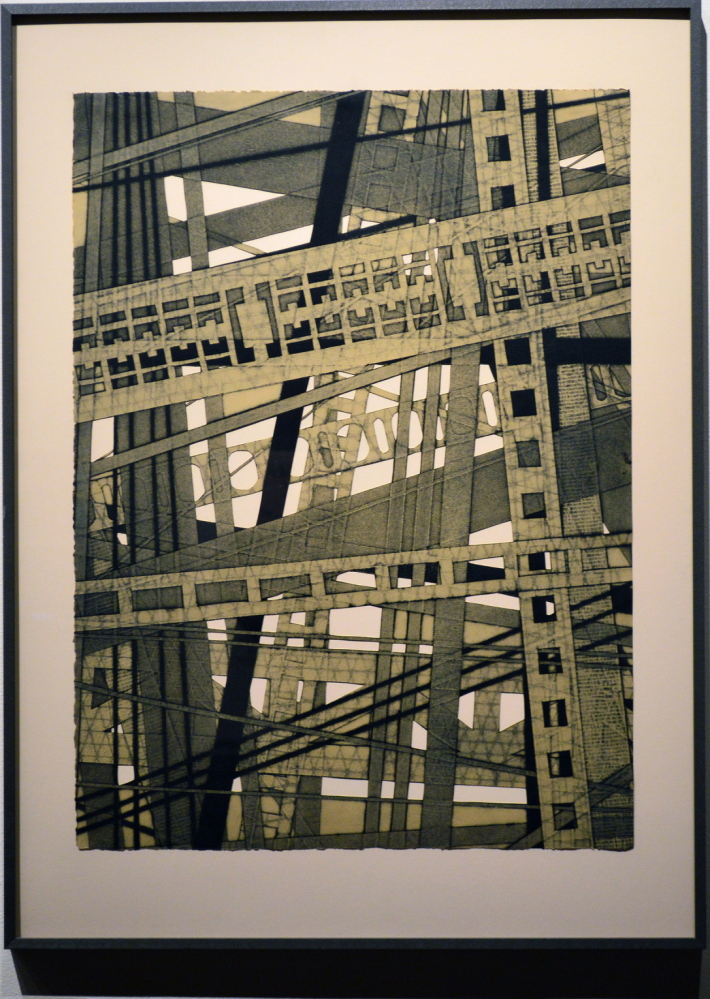
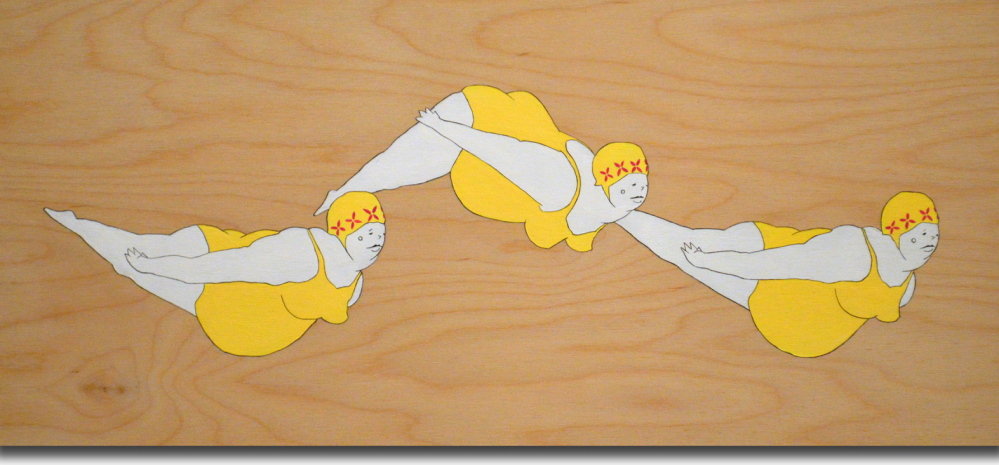
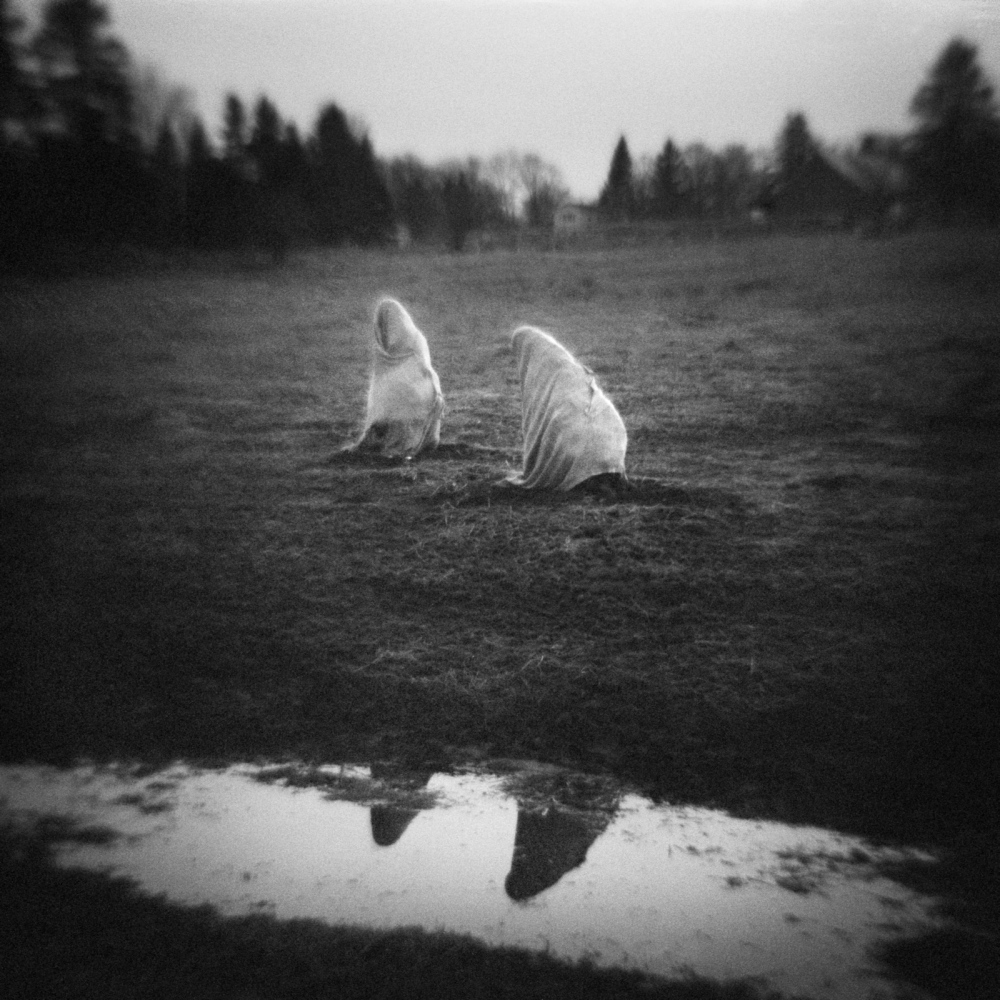
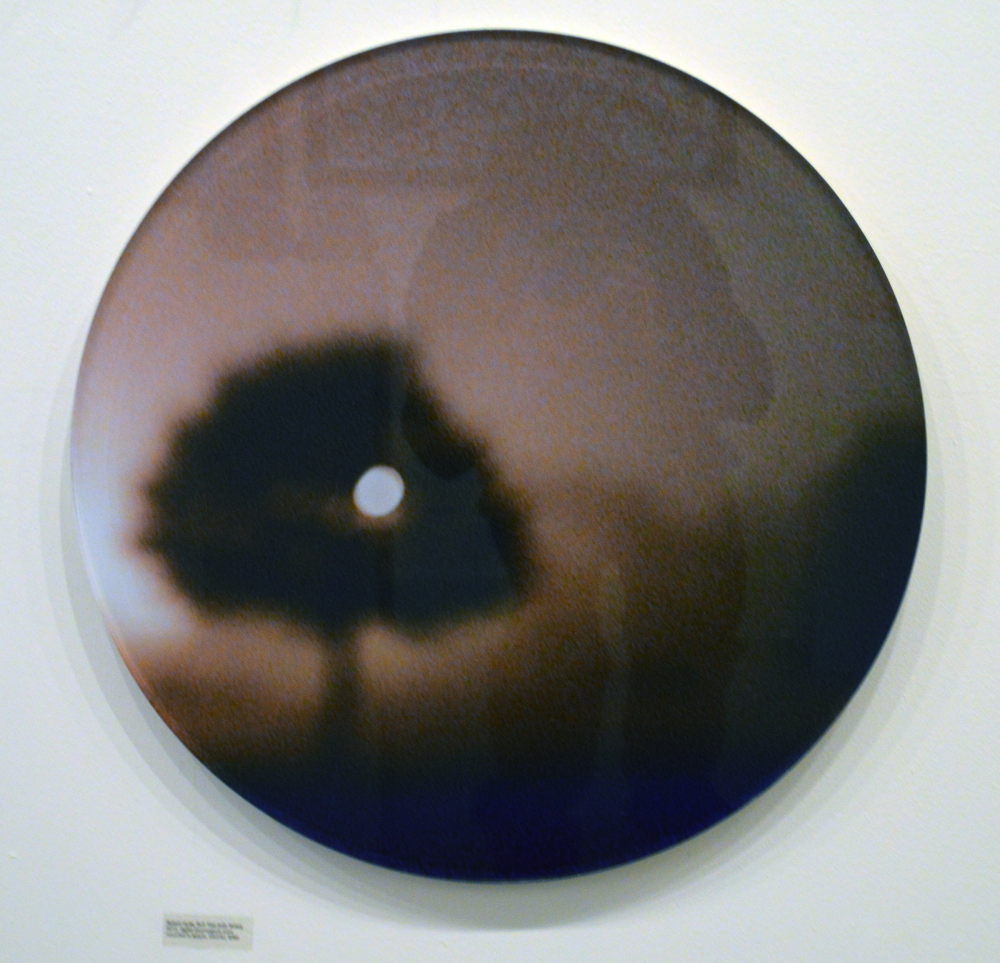
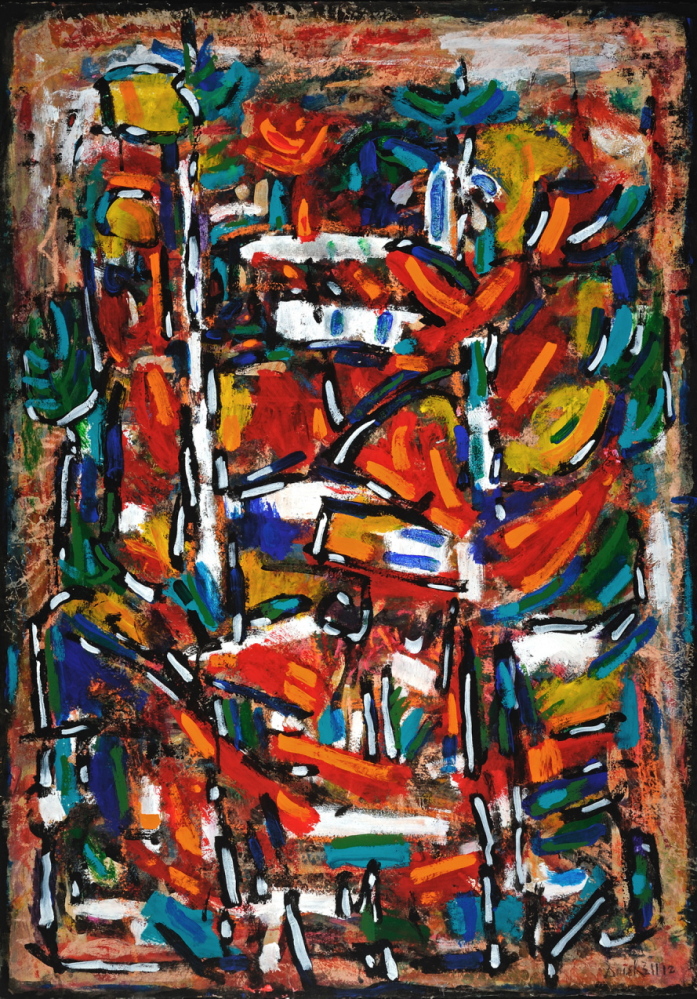
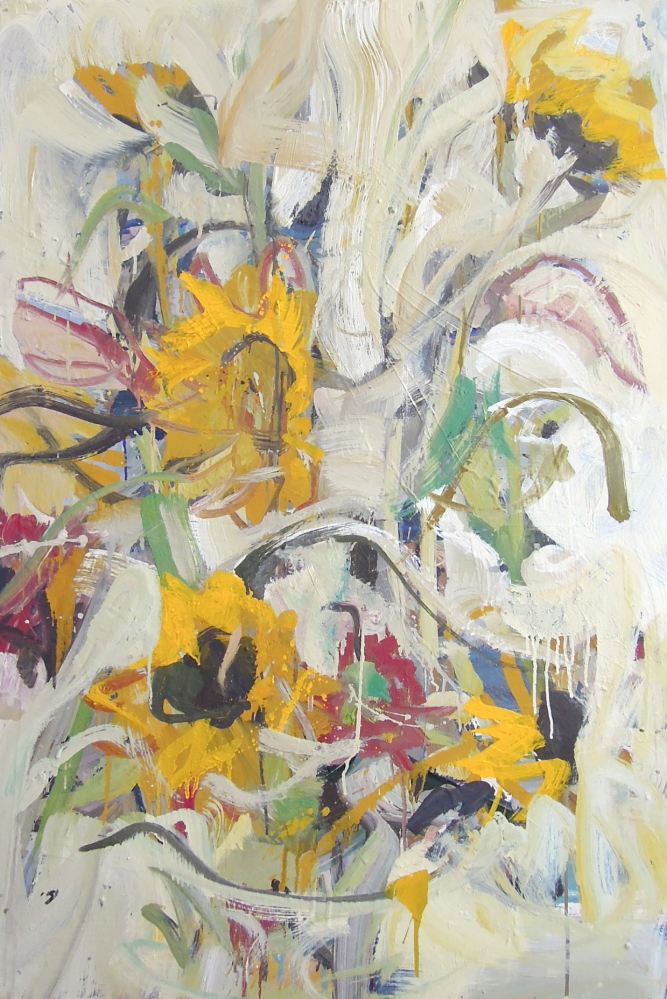
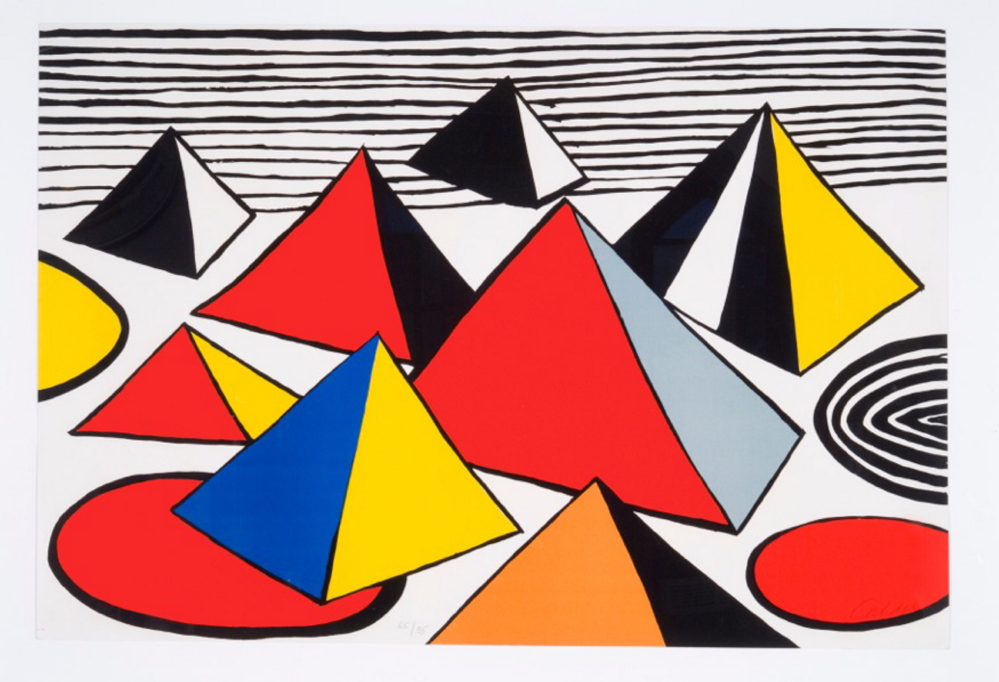

Success. Please wait for the page to reload. If the page does not reload within 5 seconds, please refresh the page.
Enter your email and password to access comments.
Hi, to comment on stories you must . This profile is in addition to your subscription and website login.
Already have a commenting profile? .
Invalid username/password.
Please check your email to confirm and complete your registration.
Only subscribers are eligible to post comments. Please subscribe or login first for digital access. Here’s why.
Use the form below to reset your password. When you've submitted your account email, we will send an email with a reset code.